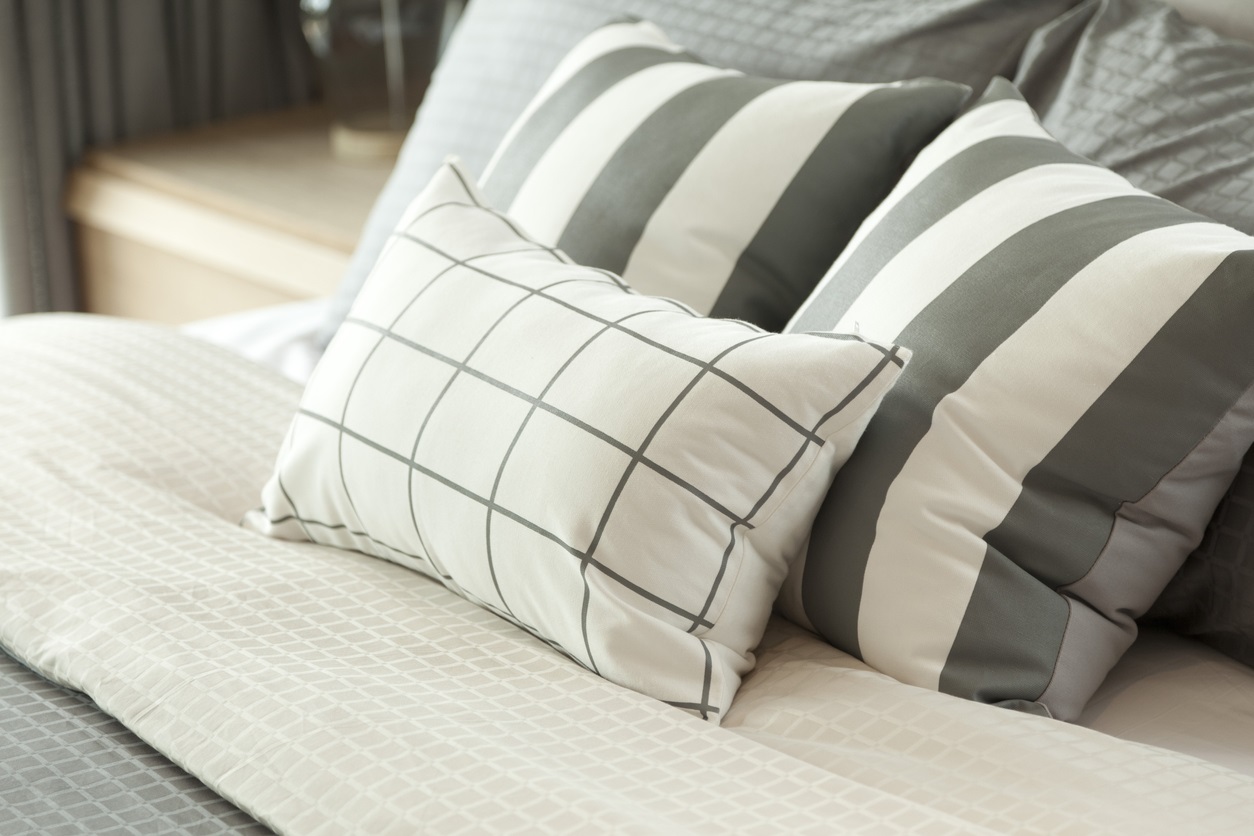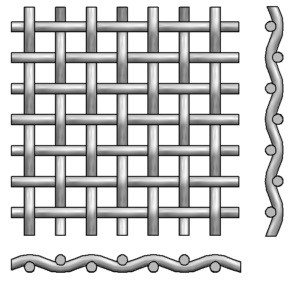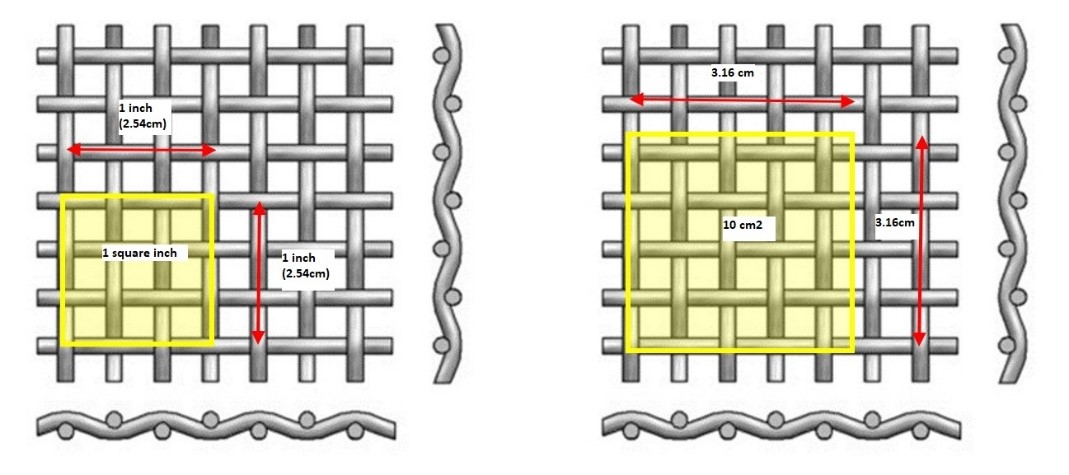
Understanding the Thread Count of your Sheeting
- Wednesday, 19 October 2022
Homeware retailers ware now offering consumers a means of comparison when shopping the market for new bedlinen, using thread count of sheeting as a potential selling tool.
Consumers have been educated by clever marketing departments to believe that a higher thread count value of the sheeting indicates a higher quality textile. In most cases, this is actually false.
This Sheeting Summary aims to explain thread count, its unreliability, and help dispel the quality myth by offering an understanding of the numerous ways in which thread count is measured.

Thread Count Overview:
Firstly, let us briefly explain the basics of woven fabric construction:
- The Warp is a set of yarns (threads) running along the length of the fabric, parallel to the selvedge. Individual threads are called ends.
- The Weft are a set of yarns (threads) running from selvedge to selvedge at right angles to the warp yarns. Individual threads are called picks.
During the weaving process, the ends and picks are interlaced together in a pre-determined pattern. The simplest, and probably most common pattern, is a plain or square weave, as depicted below.

How is thread count determined?
While published national and international standard methods are available to count the number of threads in the warp and weft direction over a specified distance, there is no formally standardised way for the calculation of Thread Count. This has allowed much liberty to be taken in the marketplace, as explored in more depth below.
Typically thread count is expressed as the sum of the ends and picks threads per square inch, or alternatively, in a metric count as threads per 10cm2.
For example, classic percale sheeting may have a count of 110 ends per inch x 90 picks per inch. Add the ends and picks together and we get a sales thread count of 200TC per square inch.
Should we wish to express the count in 10cm2, we need to convert the ends and picks per inch to a value in cm. (to convert threads per inch to threads per cm, divide by 2.54)
- 110 ends per inch - is equivalent to 43.3 ends per cm
- 90 picks per inch - is equivalent to 35.4 picks per cm
We take the sum of the ends and picks per cm (43.3+35.4) and multiply by the square root of 10 (√10).
The Metric thread count for our example = (43.3+35.4) x 3.16 = 249/10cm2.
This would be rounded up to express a thread count of 250TC.

It can be seen that using the metric system offers an advantage when marketing the thread count, and this is exploited, as the unit of measurement is not stated. Packaging would simply state 250 Thread Count.
Further to this, fabrics with two-ply yarns often have each ply counted as a thread, instantly transforming our example into 500TC.
Some sellers take this another step by using multi-filament yarns (frequently polyester) and then including each individual filament in the count. This is why we see very high counts in to the 1000’s, at point of sale.
Conclusion:
We can therefore see that thread count is not a reliable measure of quality, but rather a marketing and sales tool that may be quite misleading and often manipulated by the seller.
So, if you need your sheeting and bedding tested to confirm the actual thread count or have queries in relation to the above information and your product – please give us a call.
Contact Us:
If you would like further information on bedding and sheet testing and our services - please contact us at www.awtaproducttesting.com.au or as per below:
Phone: (03) 9371 2400 OR Email: [email protected]
